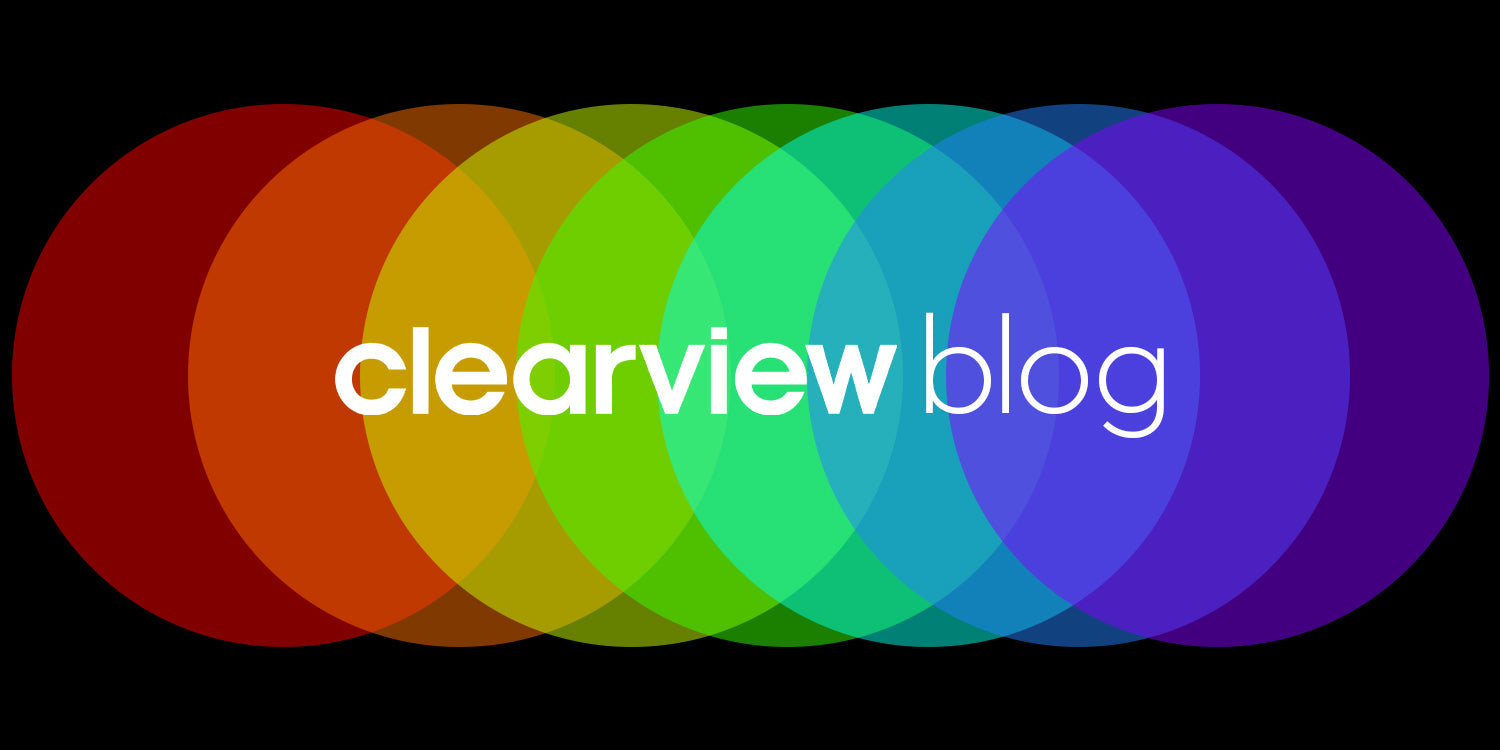Machine Vision Filters and Applications
Machine Vision Filters and Applications
Welcome back to our series of machine vision blogs on Illumination. This week we will be exploring the use of coloured light and optical filters for machine vision systems, and why different light wavelengths are optimal for particular settings and environments in machine vision illumination.
Whether you’re interested in building your own machine vision system for a project, a commercial application, or are just interested in learning more about illumination for machine vision, this blog post is for you.
Ultimately, illumination is fundamental for all machine vision applications, and this list of course includes printing and packaging, robotics, industrial automation, medicine, life sciences, and the automotive industry, just to name a few. We hope you enjoy reading.
Wavelength & Colour
Visible light has a wavelength of roughly half a thousandth of a millimetre, between roughly 380 and 780 nanometres (nm).

As we can see from the diagram, the colour of light is dependent on its wavelength. Different machine vision applications call for different coloured light to be used, as different wavelengths behave in different ways. Some wavelengths will actually improve contrast in a given application, whereas others will worsen it. White light isn’t always the best option!

Different wavelengths and how they might appear through a monochrome sensor
Coloured Light Filters for Machine Vision
Often in simple applications, a monochrome LED light source can be a good solution for maximising contrast.
But what if you have already invested in white lights? If your machine vision system is completely designed and assembled, how can you further optimise image quality whilst keeping costs down for replacing your illumination setup?
The answer may be Bandpass filters.
Selecting a Machine Vision Bandpass Filter
In order to select the best filter, you’ll need to pinpoint your objective or the imaging problem you’re currently having. One of the most common filters used for enhancing vision systems is a bandpass filter.

MidOpt Bandpass Filters
To discover the best bandpass filter for your application, there is a test you can run using your system. By using broad spectrum illumination (white light) and a machine vision bandpass filter test kit, you can highlight various different wavelengths. When testing, each bandpass filter achieves a similar result that the matching LED wavelength would yield. This test will allow you to determine the most suitable LED wavelength for your application.

By viewing the resulting image each bandpass filter provides, you can determine the best colour for maximizing contrast and reducing interfering light.
Other Types of Optical Filters for Machine Vision
In addition to bandpass filters, there are many other types of filters to help reduce glare, remove saturation, balance colour, and more.

ClearView Imaging offers the full range of MidOpt filters
Dual Bandpass Filters
Dual Bandpass Filters transmit two specific wavelength ranges through a single filter. They allow for natural colour rendition during the day, and near infrared illumination at night, ensuring that precise, high-contrast images are obtained. This makes them a great choice for intelligent traffic solutions, security surveillance and agricultural inspection.

MidOpt Dual Bandpass Filters
Longpass Filters
Longpass Filters provide seamless transition from reflection to transmission and are available in many wavelengths, depending on the needs of your system. Longpass Filters are best used in a controlled environment where multiple wavelengths need to be passed, and are a great economical solution for blocking excitation light in fluorescent applications.

MidOpt Longpass Filters
Shortpass/NIR Cut Filters
Shortpass Filters have unmatched transition from transmission to reflection and provide excellent contrast. They’re best used in colour imaging to achieve natural colour rendering and block infrared saturation.

MidOpt Shortpass/NIR Cut Filters
Polarising Filters
Polarising Filters reduce reflection, enhance contrast and detect imperfections in transparent materials. They’re best used for applications that have overwhelming reflection when inspecting objects on shiny surfaces.

MidOpt Polarising Filters
Neutral Density Filters
Neutral Density Filters reduce light saturation and are recognized in the industry as “sunglasses for your system.” Both absorptive and reflective style options are available, and they’re best used for applications where there’s overpowering brightness. They serve as great solutions for lens aperture control and increasing field depth.

MidOpt Neutral Density Filters
Protective Filters
Protective Filters are best used for lens protection. They’re made from high-quality polished glass and optical-grade acrylic and are available with anti-reflection coating to maximize transmission. Acrylic Protective Filters have an abrasion-resistant coating and are useful for FDA/EMA applications.

MidOpt Protective Filters
Light Balancing Filters
Light Balancing Filters are used to achieve a more accurate colour rendering and to keep costs low with LED or metal halide lighting. By blocking most of the blue spectrum transmitted by cool white LED lamps, the object being inspected has a more natural look to the human eye.

MidOpt Light Balancing Filters
Machine Vision Illumination & Lighting Solutions from ClearView Imaging
That’s it for our breakdown of how to choose correct lighting for industrial applications. Be sure to check out our great range of machine vision lights over in our products section!
Be sure to stay tuned next time for the final instalment of our series of blogs on illumination, as we explore the advanced lighting techniques for machine vision!
Here at ClearView, we have a broad range of knowledge and machine vision expertise to help you decide on the right solution for your project.
We offer a huge range of components, and our experts are happy to help no matter what your question or problem may be. Feel free to get in touch with us and one of our machine vision experts will be ready to help you get going with your project!

